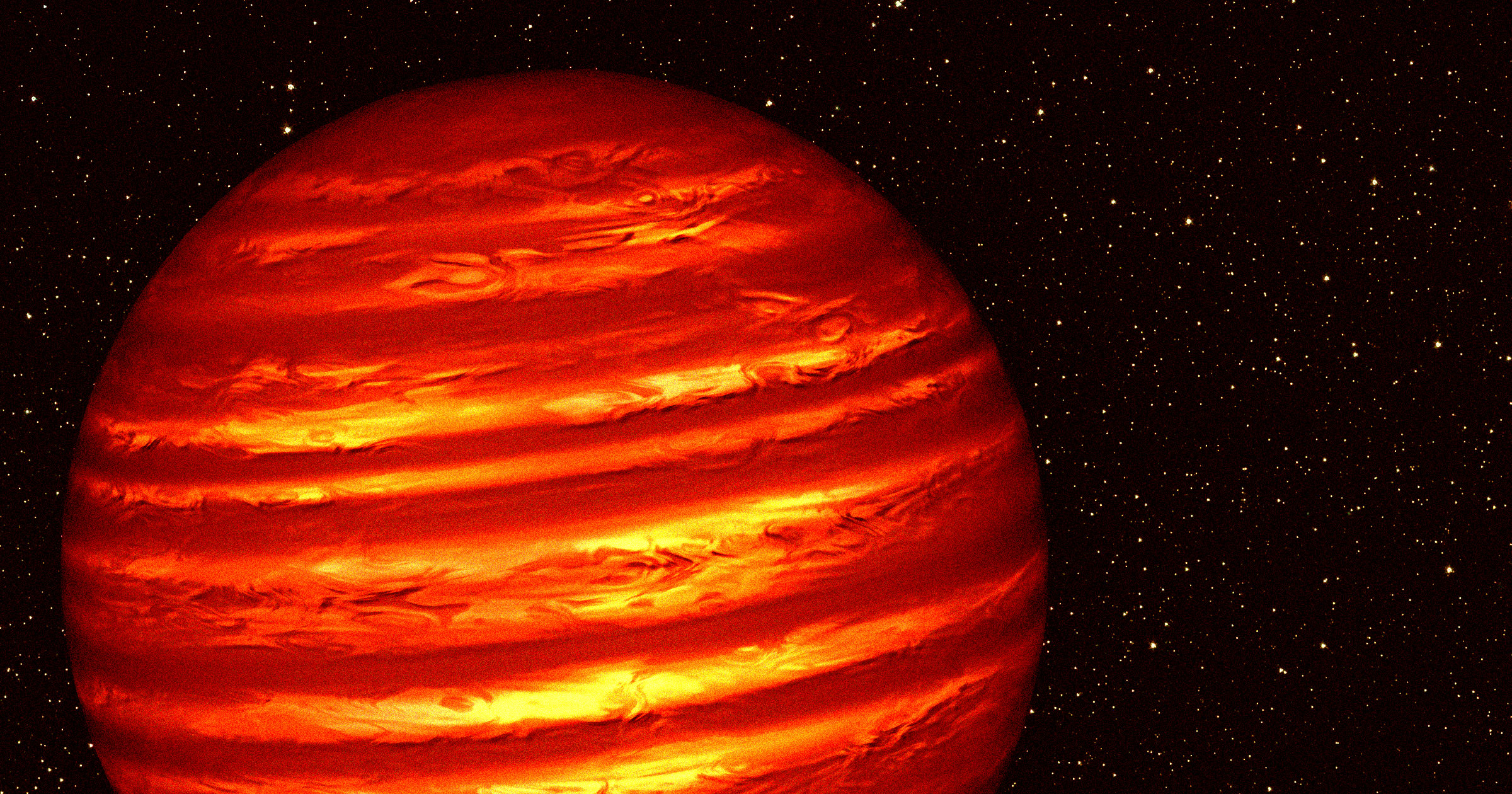
"Astronomers were astonished to find an abundance of phosphine, a molecule produced by microbes on Earth, in the atmosphere of a brown dwarf, an unusual type of object that lives in the grey zone between a giant planet and a tiny star. As detailed in a new paper published in the journal Science, astronomers said they had found "undepleted phosphine," a molecule made up of three hydrogen atoms and one phosphorus atom, in the atmosphere of Wolf 1130C, a brown dwarf 54 light-years from Earth."
"The team, led by San Francisco State University astrophysicist Eileen Gonzales, analyzed data obtained by NASA's James Webb Space Telescope and found that phosphine at a concentration of 100 parts per billion, far higher than previous observations of other brown dwarfs, as the New York Times reports. On Earth, phosphine is a byproduct of decaying organic matter and one of six key elements necessary for life. It's extremely rare beyond our planet, making it a promising target in our search for extraterrestrial life."
"The molecule made headlines in 2020, in fact, when a team of researchers announced they had discovered a significant source of the stuff in the clouds above Venus, which triggered a years-long scientific debate about the possibility of life in the planet's atmosphere. As such, the latest findings surprised researchers. "Prior to JWST, phosphine was expected to be abundant in exoplanet and brown dwarf atmospheres, following theoretical predictions based on the turbulent mixing we know exists in these sources," as Trinity College Dublin postdoctoral scholar and coauthor Sam Beiler explained in a press release."
Data from NASA's James Webb Space Telescope reveal undepleted phosphine at about 100 parts per billion in the atmosphere of brown dwarf Wolf 1130C, 54 light-years away. Phosphine on Earth is associated with decaying organic matter and is one of six key elements linked to life, and it is extremely rare beyond Earth. Previous searches found phosphine elusive in brown dwarfs, making this high concentration unexpected and indicating gaps in atmospheric chemistry models. A prior phosphine detection in Venus's clouds sparked debate about atmospheric sources and possible biological implications.
Read at Futurism
Unable to calculate read time
Collection
[
|
...
]